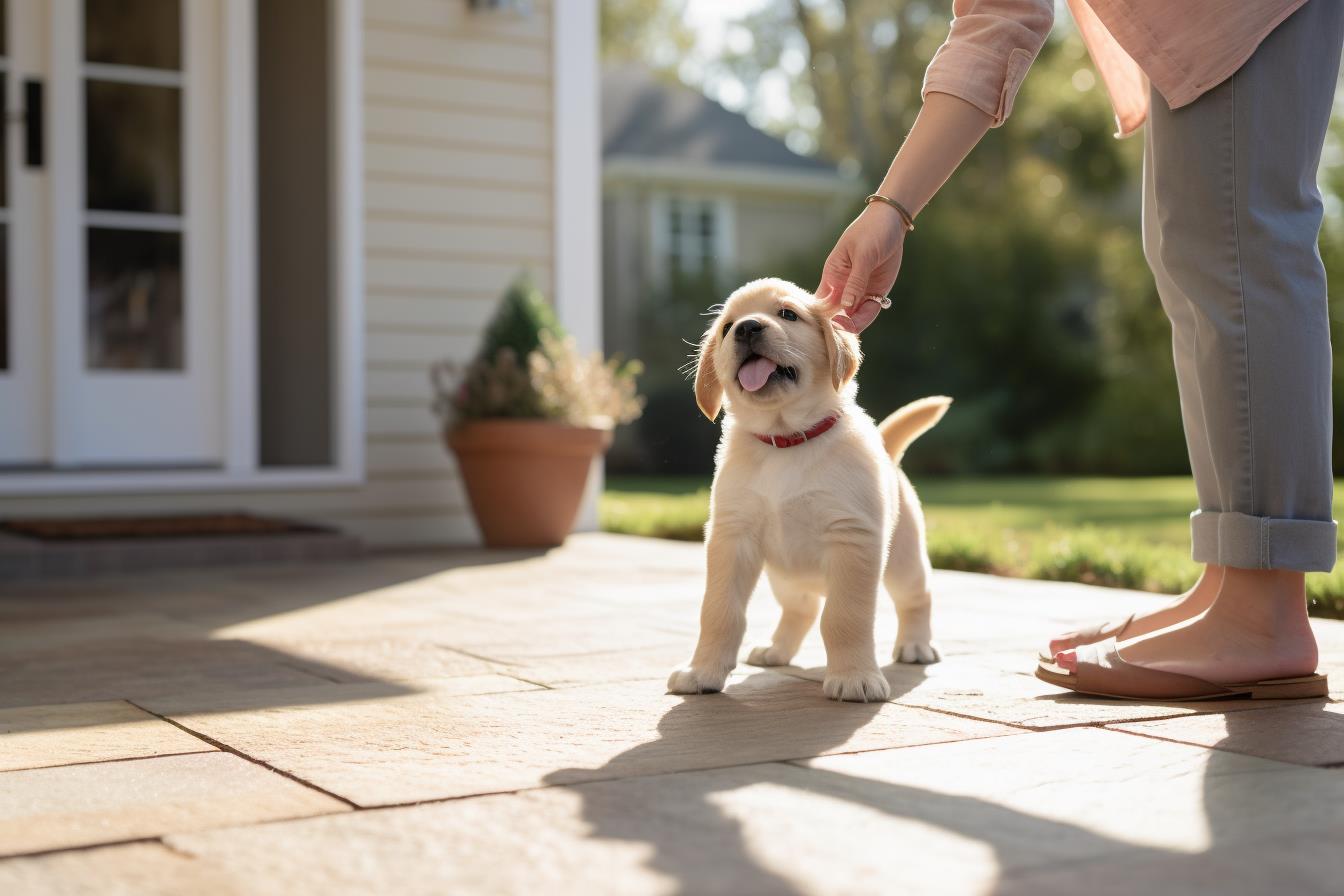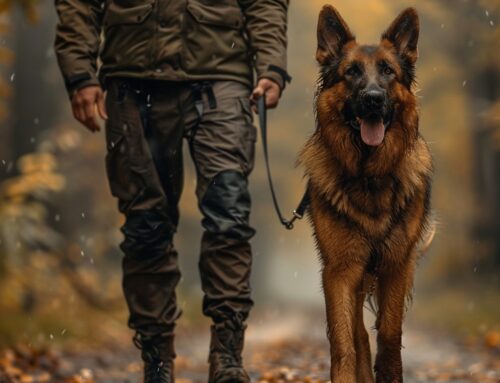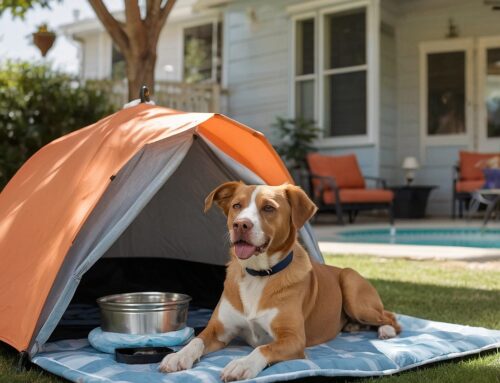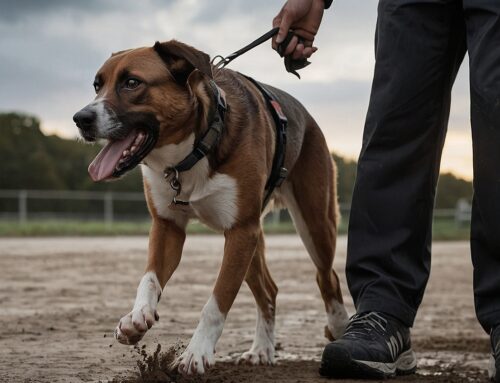Welcoming a new puppy into your home is an exciting and joyful experience for the whole family. However, along with the joy comes the responsibility of nurturing and shaping your furry friend into a well-behaved and socially adept member of your family and community. This plays a pivotal role in this process of training for puppies, influencing five key concepts that contribute to the overall development of your canine companion.
We will delve into each of these concepts, unraveling the reasons why training for puppies matters for behavioral development, begin training for socialization with group classes, bonding with you as their owners, communication skills, and safety for your young puppy. As we embark on this journey, let’s uncover the significance of each facet and understand how they collectively contribute to the holistic development of a happy, well-adjusted, and socially competent canine companion. And how it’s important to put your young puppy into a good training program to start training them.
Socialization
One of the key pillars of a well-adjusted dog’s development is socialization. Proper training exposes puppies to a variety of environments, people, and other animals, fostering positive social interactions and good manners. Early socialization is instrumental in preventing fear and aggression issues, ensuring that the dog becomes adaptable to different situations throughout their life.
This means it’s good to get into some puppy socialization classes for your beloved little pet as their puppy parents. Puppy classes offer a structured and controlled environment where your puppy can interact with other dogs, people, and various stimuli under the guidance of a professional trainer. These classes are designed to expose puppies to a diverse range of experiences, setting the stage for positive socialization. And with Performance K9 Training we have a great Yappy Puppy Program perfect for your puppy in training!
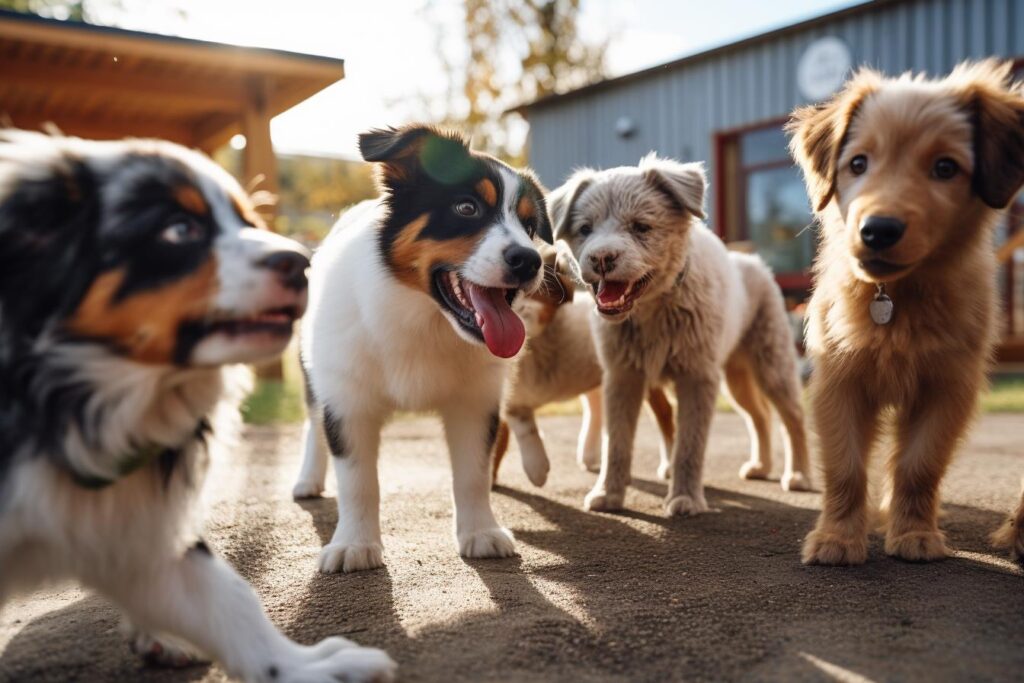
Exposure to Various Environments
Training classes involve introducing the young canine to different environments, both indoor and outdoor. Exposing them to various stimuli, such as different surfaces, sounds, and smells, helps desensitize them to new experiences and keeps the puppy engaged. This exposure reduces the likelihood of the young puppies developing fear or anxiety in unfamiliar situations, contributing to a more confident and resilient adult dog.
Positive Interactions with People and Animals
Socialization goes beyond mere exposure—it involves positive interactions with people and other animals. Training facilitates control the encounters, teaching the puppy appropriate ways to interact with strangers, children, and other dogs. Positive experiences during these interactions create a foundation for a dog that is friendly, sociable, and comfortable with basic manners in diverse social settings.
Preventing Fear and Aggression Issues
Fear and aggression can stem from a lack of exposure and positive social experiences during the puppy’s formative weeks. My puppy training acts as a preventive measure, reducing the likelihood of fear-based behaviors and aggression. A well-socialized dog is more likely to greet new experiences with curiosity rather than fear, making them adaptable and easygoing companions.
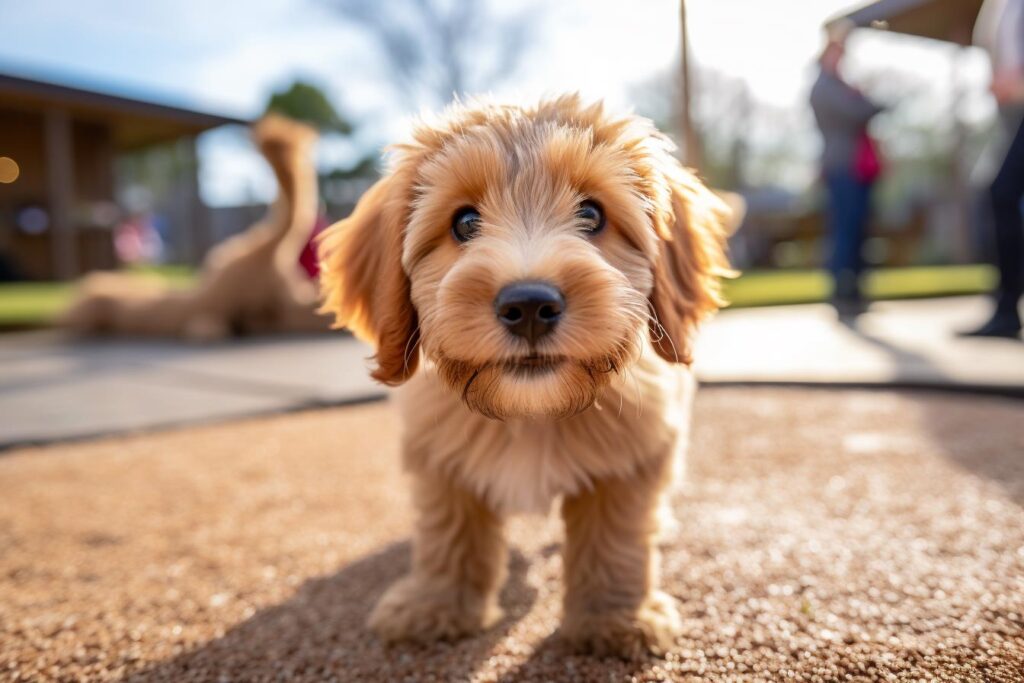
Behavioral Development
Teaching a puppy goes way beyond just telling them what to do; it’s like creating a cool tune together where we figure things out and build a chill friendship. It’s all about setting the vibe for a super awesome connection to teach your puppy. In this intricate dance of communication, both verbal and non-verbal cues become the language through which a puppy learns to navigate their world.
The significance of my puppy training in behavioral development lies not just in shaping immediate responses but in nurturing a deep understanding between the puppy and their owner. It’s an orchestration of cues that fosters mutual respect and cooperation, allowing the puppy to thrive socially and emotionally. As we delve into the nuances of behavioral development, we unravel the threads that weave a tapestry of shared understanding and companionship between the canine and their human counterpart.
Establishing Boundaries
Puppies, like children, need clear boundaries to understand what is expected of them meaning they need basic obedience training when it comes to my puppy training. Trainings provide a framework for setting these boundaries, helping the puppy distinguish between appropriate and undesirable behaviors. Whether it’s discouraging a puppy biting on furniture and instead using a chew toy or curbing excessive barking, a well-structured training regimen establishes guidelines that contribute to a harmonious coexistence.
Preventing Undesirable Behaviors
Undesirable behaviors, such as aggression, excessive barking, and destructive chewing, can pose challenges for both the owner and the puppy. Through training, these behaviors can be addressed early on, mitigating the risk of them becoming ingrained habits. Positive reinforcement techniques, rewarding good behavior with puppy treats, play a crucial role in encouraging desired actions while discouraging undesirable ones.
Molding a Well-Balanced Canine Citizen
Behavioral development is not just about eliminating unwanted actions but also about cultivating positive traits. Training instills qualities such as patience, self-control, and adaptability, contributing to the overall well-being of the puppy. A well-balanced and well-behaved dog is more likely to thrive in various environments, fostering a positive relationship with both the owner and the community. Meaning getting them into some sort of training for puppies will help you when you’re looking to do potty training or even crate training for your puppy.
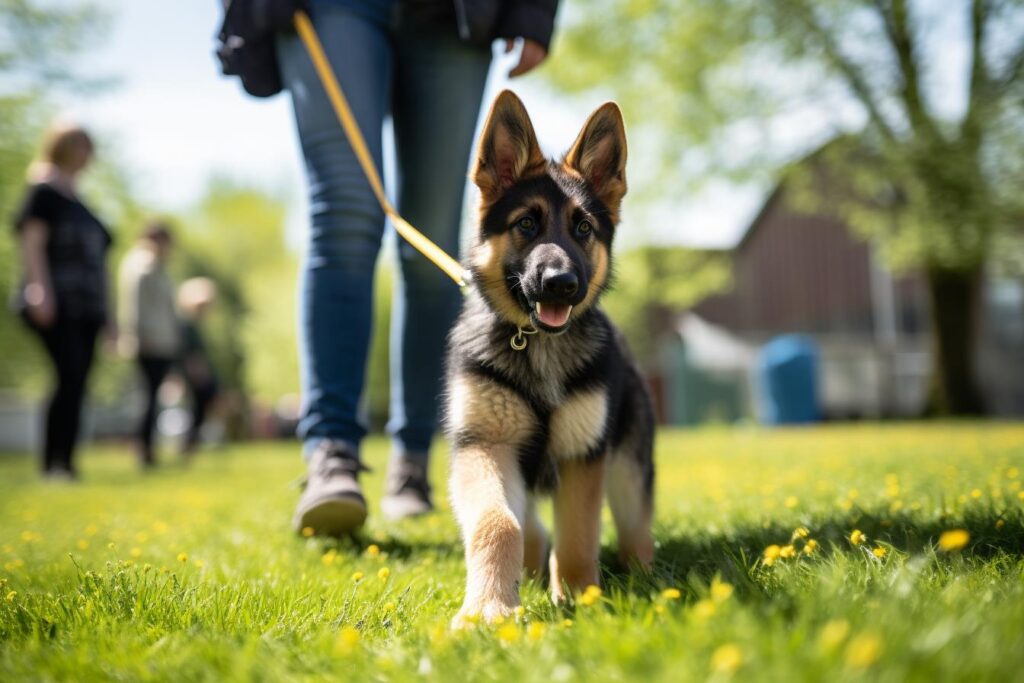
Communication Skills
Effective communication is essential in any relationship, and the bond between a dog and its owner is no exception. Training teaches puppies to understand and respond to commands, facilitating improved communication between the two parties. This enhanced communication, in turn, makes it easier for the owner to manage their dog in various situations.
Enhanced communication goes beyond the obedience of commands; it extends to a nuanced exchange of cues and responses, a silent conversation that deepens the bond. As the puppy becomes attuned to the owner’s signals, the owner, in turn, gains a profound insight into their furry companion’s needs and emotions. This seamless exchange transforms the training journey into a symphony of silent communication, allowing the duo to navigate life’s varied situations with a shared understanding.
Establishing a Common Language
Training serves as a means of establishing a common language between the puppy and the owner. Commands such as “sit,” “stay,” and “come” become a shared vocabulary that enables the owner to convey their expectations and the puppy to understand and respond appropriately. This common language is invaluable in day-to-day interactions and situations that require quick and precise communication.
Enhancing Responsiveness
A well-trained puppy is a responsive puppy. Training enhances the puppy’s ability to listen and follow commands, making them more manageable in different scenarios. Whether it’s ensuring the puppy’s safety in a public space or preventing undesirable behaviors at home, a responsive dog is a joy to live with and easier to integrate into various aspects of life.
Problem-Solving and Adaptability
Puppy training sessions often involve problem-solving exercises, challenging the puppy’s cognitive abilities. These exercises contribute to the development of a dog that is not only obedient but also capable of adapting to new situations. Problem-solving skills acquired during training can prove beneficial in real-world scenarios, making the dog more adaptable and resilient.
Safety
Ensuring the safety of your puppy is a top priority, and training plays a pivotal role in achieving this goal. A well-trained puppy is more likely to respond to commands, reducing the risk of dangerous situations. Commands like “sit,” “stay,” and “come” can be crucial in preventing accidents, such as running into traffic or approaching potentially harmful objects.
Moreover, safety training extends beyond the physical realm; it encompasses crucial behavioral aspects. Teaching your puppy to avoid harmful objects, resist the urge to chase after moving vehicles, or refrain from ingesting harmful substances becomes an integral part of their safety education. Through a comprehensive safety-focused training approach, your puppy not only becomes responsive to commands but also gains an inherent understanding of what constitutes a secure and protected environment. This robust safety net ensures that your furry companion can confidently explore the world while minimizing potential risks and hazards.
Basic Commands for Safety
Certain commands are essential for the safety of both the puppy and those around them. Commands like “sit” and “stay” can prevent the puppy from darting into dangerous situations, such as crossing a busy street. The “come” command is invaluable in recalling the puppy, ensuring they remain within a safe distance.
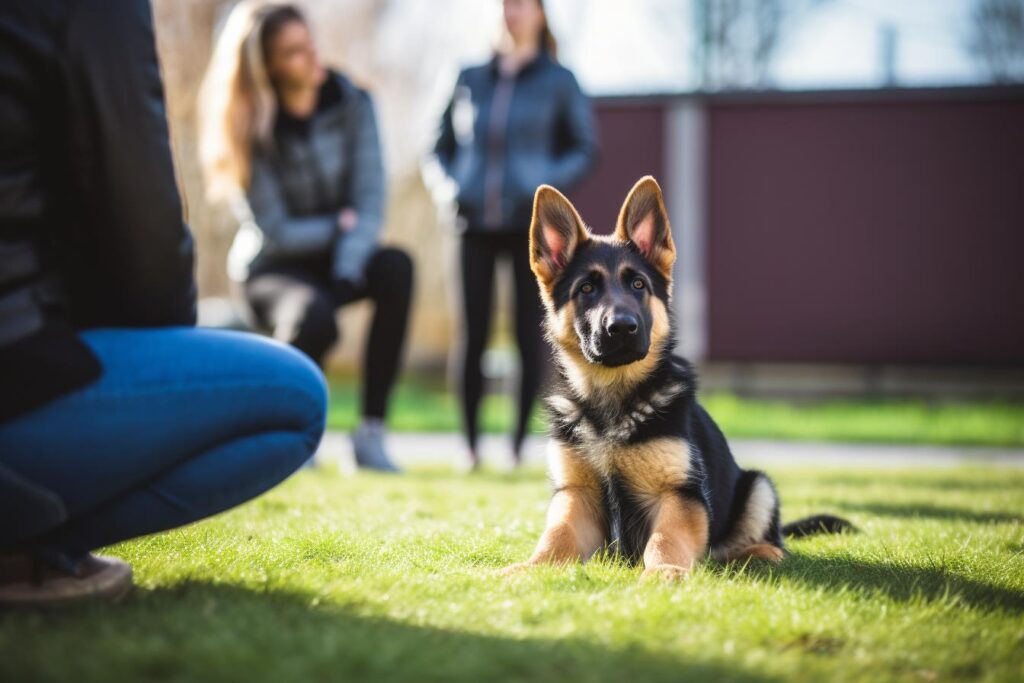
Off-Leash Control
Training provides the foundation for off-leash control, allowing the owner to trust that the puppy will respond to commands even without physical restraint. This off-leash control is particularly important in open spaces, providing the puppy with the freedom to explore while maintaining a level of safety and control.
Emergency Situations
In emergencies, a well-trained puppy is more likely to respond to commands promptly. Whether it’s avoiding a potential threat or quickly returning to the owner’s side, the training instills behaviors that can be crucial in critical moments. This level of responsiveness contributes to a safer and more secure environment for both the puppy and those around them.
Bonding with the Owner
The bond between a puppy and its owner is a special connection that forms the cornerstone of a positive long-term relationship. Training sessions provide a unique opportunity for bonding, fostering trust, and establishing effective communication between the puppy and the owner.
Beyond the practicalities of commands and obedience, these sessions become moments of shared learning and mutual growth. As the owner guides the puppy through training exercises, a reciprocal exchange of trust takes place. The puppy learns to rely on the owner’s guidance, and in turn, the owner witnesses the blossoming of their furry friend’s unique personality. Positive reinforcement techniques, such as praise and treats, become not just tools for training but tokens of love exchanged between the duo. This shared experience extends beyond the training sessions, seeping into everyday interactions, creating a lasting tapestry of trust and affection that forms the heart of a positive and enduring long-term relationship. In these moments of shared understanding, the bond between a puppy and its owner becomes an unspoken language of companionship, weaving a tale of loyalty and devotion that lasts a lifetime.
Shared Learning Experience
Training is a shared learning experience for both the puppy and the owner. It is a time when they learn to understand each other’s cues and responses. The collaborative nature of training sessions creates a sense of teamwork, strengthening the bond between the two. This shared experience builds a foundation for a relationship based on mutual respect and understanding.
Trust and Communication
Trust is a fundamental element of any strong bond, and training plays a crucial role in building this trust. As the puppy learns to respond to commands and cues, they develop confidence in their owner’s guidance. Consistent and positive training methods enhance communication, ensuring that the puppy understands what is expected of them. This clear communication fosters a sense of security and strengthens the bond between the puppy and the owner. Even keeping your training sessions short will build a big trust and communication for you and your puppy in training as they see you being consistent in their lives.
Emotional Connection
Training sessions are not just about obedience; they are about building an emotional connection. Positive reinforcement techniques, such as praise and treats, create positive associations with the training process. The emotional connection formed during training extends beyond the training sessions, contributing to a more affectionate and loyal relationship between the puppy and the owner.
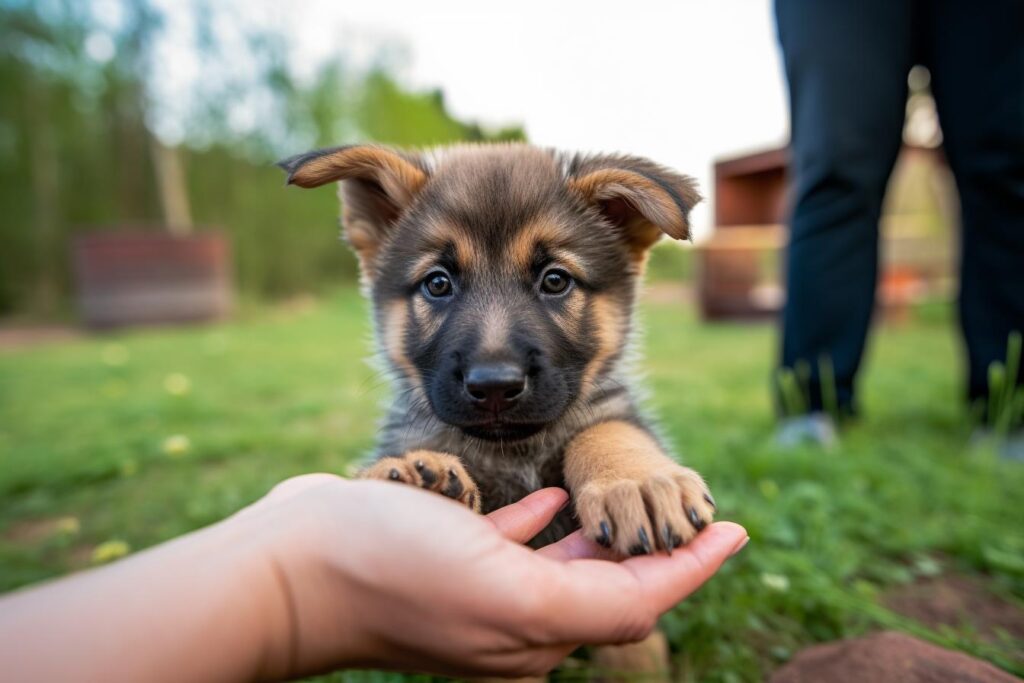
The importance of puppy training cannot be overstated. It is a process that goes beyond teaching basic commands; it shapes the very essence of a dog’s behavior, social interactions, and relationship with its owner. Behavioral development, socialization, bonding, communication skills, and safety are interconnected aspects that, when addressed through training, contribute to the holistic development of a happy, well-adjusted, and socially competent canine companion.
As you embark on the journey of training your puppy, remember that patience, consistency, and positive reinforcement training are key. Your investment in training during the early stages of your puppy’s life will yield a lifetime of rewards, fostering a strong bond and a harmonious coexistence between you as pet parents and your four-legged friend. And with Performance K9 Training we offer not only some great doggy daycare and boarding but a wonderful puppy training program called Yappy Puppy Program designed to help you and your family when you want to start boarding and training your puppy before they hit their 5 months. Make sure to contact us to get a free puppy training consultation today and see if we’ll be the right fit for you and your furry family!



